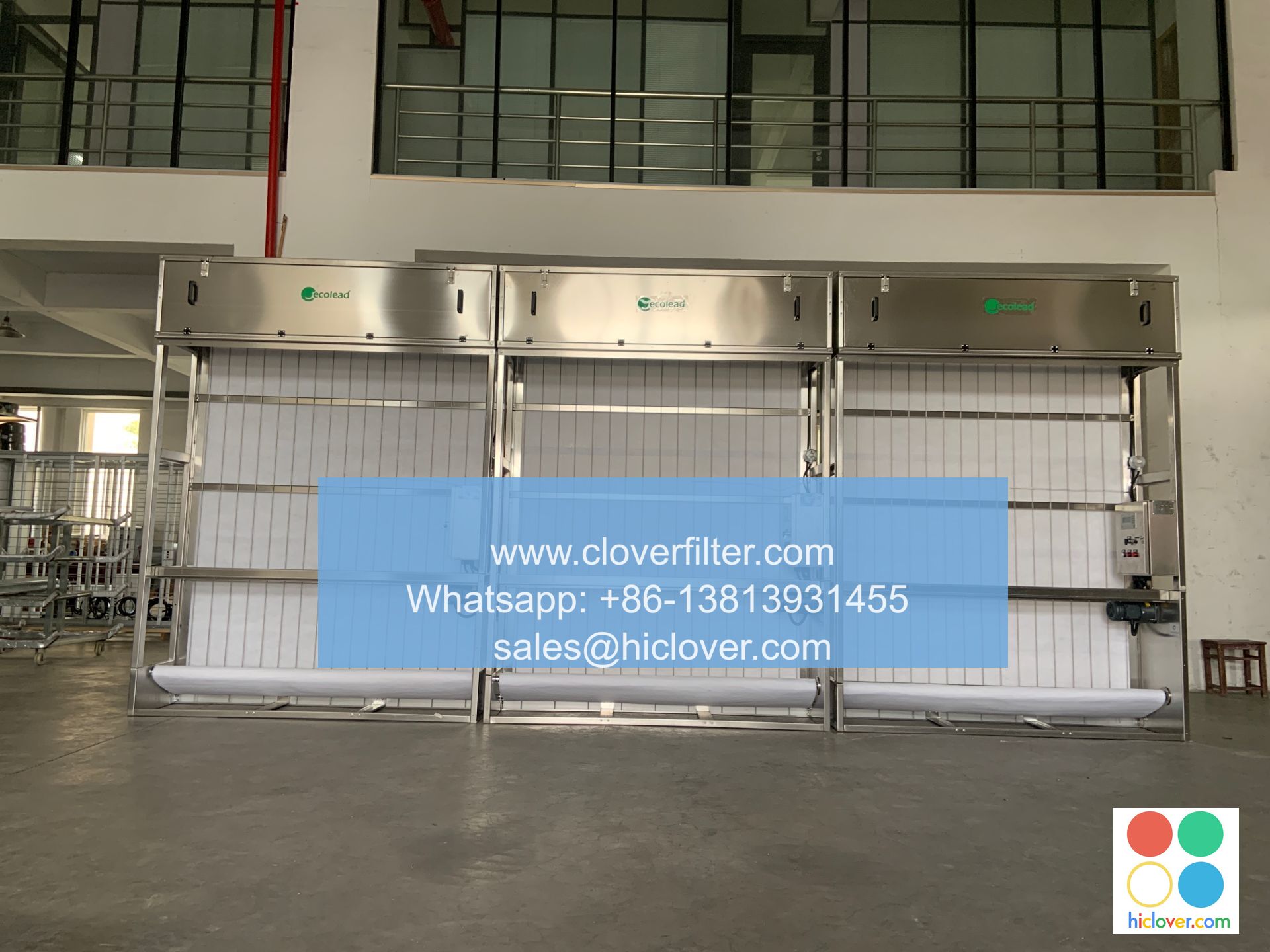The Clean Air Collective: A Community-Driven Approach to Pollution Reduction

The Clean Air Collective is a groundbreaking initiative that brings together individuals, organizations, and governments to tackle the pressing issue of air pollution. By leveraging the power of community-driven approaches, this collective aims to reduce pollution levels, promote sustainable development, and improve public health. In this article, we will delve into the world of air quality management, pollution reduction strategies, and sustainable community development, highlighting the various application areas of the Clean Air Collective.
Understanding Air Pollution: A Growing Concern
Air pollution is a major environmental and health concern, affecting millions of people worldwide. The (World Health Organization) estimates that approximately 7 million people die prematurely each year due to air pollution-related illnesses. The Clean Air Collective recognizes the urgency of this issue and is committed to finding innovative solutions to mitigate the effects of air pollution. By using data analytics and machine learning algorithms, the collective can identify pollution hotspots and develop targeted intervention strategies.
Community-Driven Approaches: The Key to Success
The Clean Air Collective’s community-driven approach is built on the principles of participatory governance, public engagement, and collaborative problem-solving. By engaging with local communities, the collective can raise awareness about the importance of air quality monitoring and pollution reduction. This approach also fosters a sense of ownership and responsibility among community members, encouraging them to take an active role in shaping their environment.
Application Areas: A Holistic Approach to Pollution Reduction
The Clean Air Collective’s initiatives span various application areas, including:
* Transportation and mobility: Promoting the use of electric vehicles, public transport, and non-motorized transportation to reduce emissions.
* Energy and industry: Encouraging the adoption of renewable energy sources and energy-efficient technologies to minimize pollution.
* Waste management: Implementing sustainable waste management practices to reduce waste burning and landfill emissions.
* Urban planning and design: Creating green spaces and pedestrian-friendly infrastructure to reduce urban air pollution.
Conclusion: A Collective Effort towards a Cleaner Future
The Clean Air Collective’s community-driven approach to pollution reduction has the potential to create a significant impact on public health and the environment. By leveraging technology, data analytics, and community engagement, this collective can develop effective pollution reduction strategies and promote sustainable development. As we move forward, it is essential to recognize the importance of collaboration and collective action in addressing the complex issue of air pollution. Together, we can create a cleaner, healthier, and more sustainable future for all. You didn’t provide a question or topic for me to address. Could you please provide more context or specify what you would like to discuss or ask? I’ll do my best to provide a direct and helpful response.

